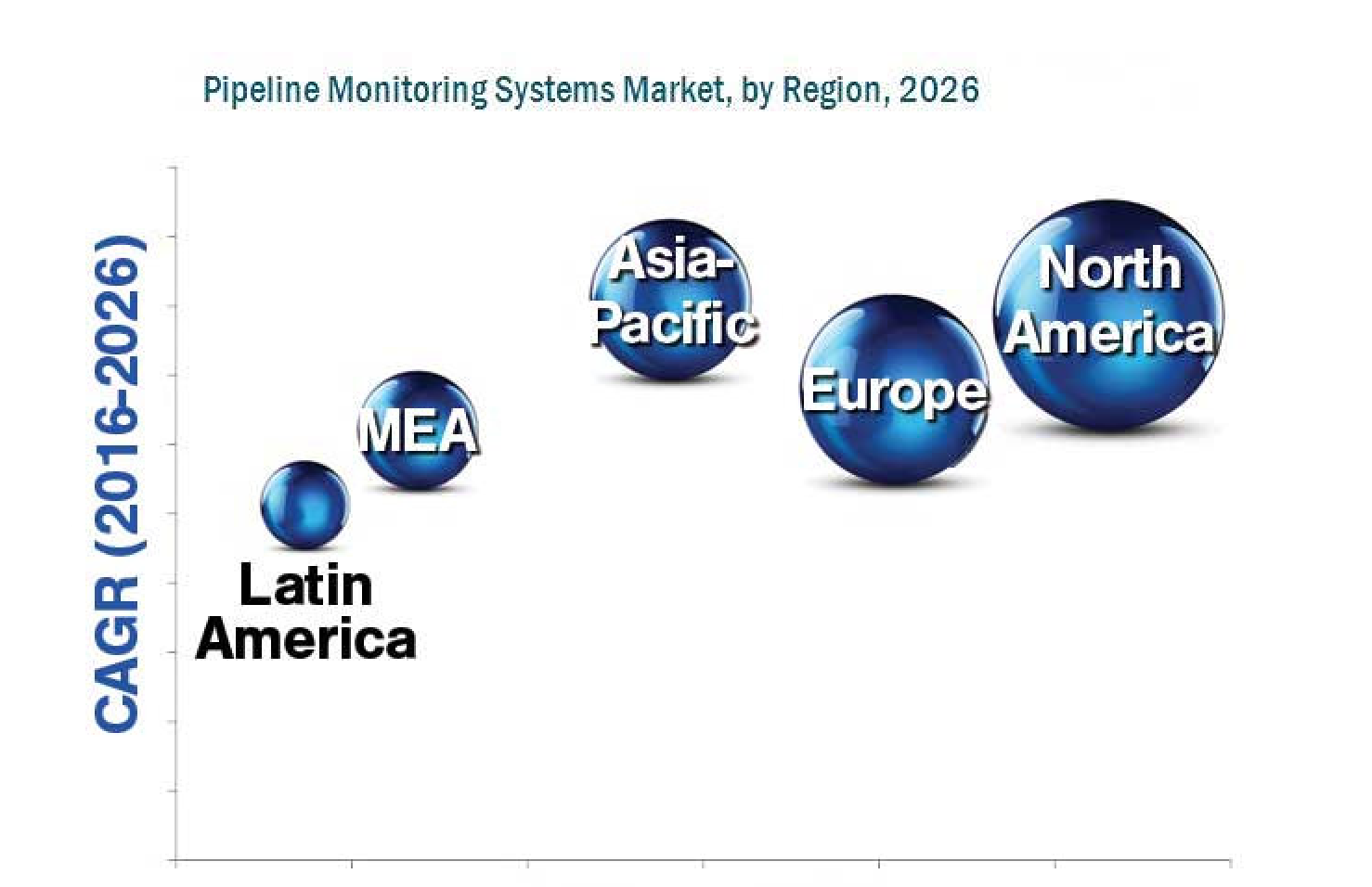November 2017, Vol. 244, No. 11
TechNotes
Pipeline Monitoring Systems to See Good Times Ahead

A growing number of oil and gas leaks in production, pipelines and storage tanks due to natural disasters, and stringent government regulations for pipeline safety and security will drive expansion and upgrades of pipeline monitoring systems in the future.
In the coming years, the market is expected to witness the highest growth rate in the Asia-Pacific region. This can be attributed to the large population in these countries, along with new pipeline construction, which will increase the demand for pipeline-monitoring systems.
Pipeline monitoring system segments:
Technology: This area is broken down into ultrasonic, pigging, smart ball and magnetic flux leakage segments, with ultrasonic technology projected to be the fastest growing during the 2016-26 forecast period. Ultrasonic technology is currently the preference of major oil and gas companies to detect both small and large leaks.
Application: Divided into leak detection, operating efficiency and pipeline break detection, the use of leak-detection applications is projected to grow at a higher compound annual growth rate (CAGR) over the 10-year period. This can be attributed to increasing investments from oil and gas companies in pipeline monitoring of infrastructures and safe transportation of materials. Pipeline leak-detection systems help find damages across the system’s infrastructure. The monitoring equipment detects leaks on the basis of flow, pressure, temperature and density.
Pipe Type: This classification is divided into metallic, non-metallic and other pipes groupings. The metallic pipes segment is projected to grow at a higher rate in the forecast period, as it is the primary material used in the pipeline industry. Among metallic pipe assets are high-pressure carrying strength for any material transported through them.
The growing trend toward development of new devices and solutions for monitoring pipeline performance, optimizing resources, automating functions and safeguarding operations fuels the growth of monitoring systems. The next-generation technologies comprise integrated, multi-layered systems using disruptive technologies, internet of things (IoT), digital acoustic sensing and connected pipelines.
Key players: Siemens AG (Germany), Honeywell International Inc. (U.S.), BAE Systems (UK), Perma Pipes (U.S.), TransCanada (Canada), PSI AG (Germany), Pure Technology (Canada), Orbcomm Inc. (U.S.), Huawei (China), Pentair PLC. (UK), Atmos International (UK), Clampon AS (Norway), ABB Group (Switzerland), Future Fibre Technologies (Australia), Senstar Inc. (Canada), Syrinix (UK), Radiobarrier (Russia), TTK (France), Krohne Group (Germany), and Thales Group (France).





Comments